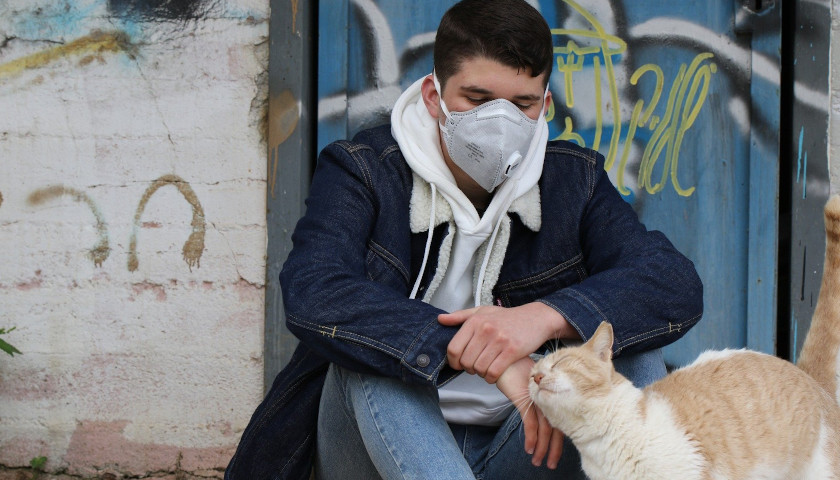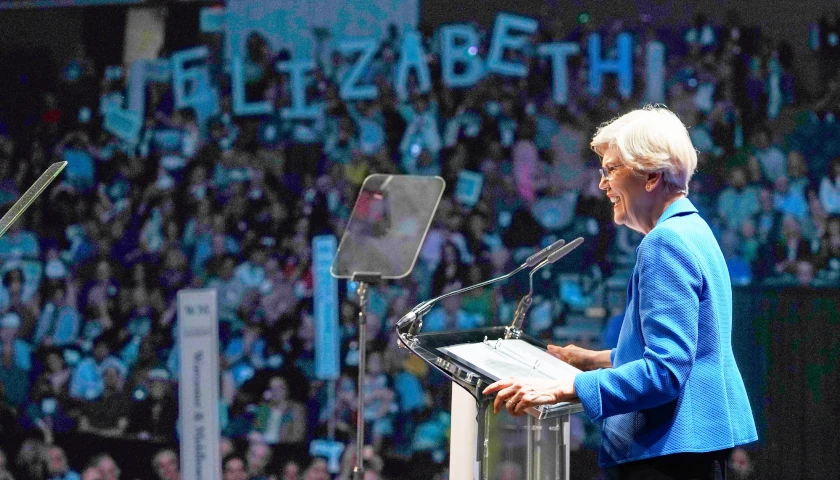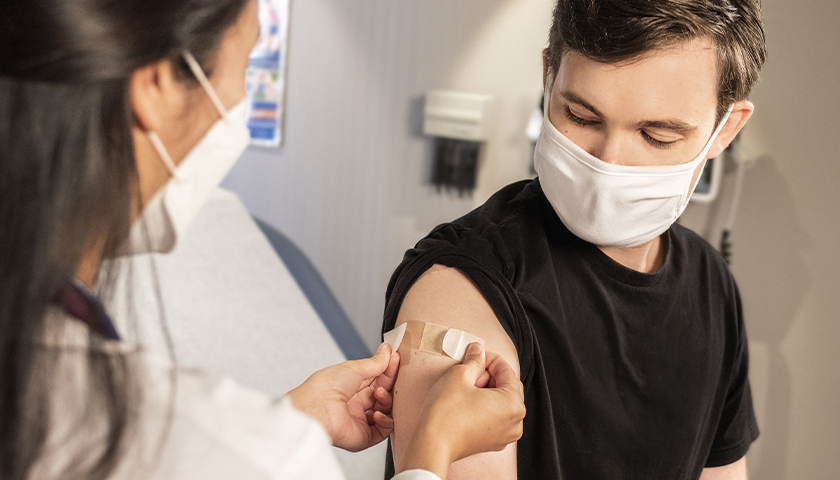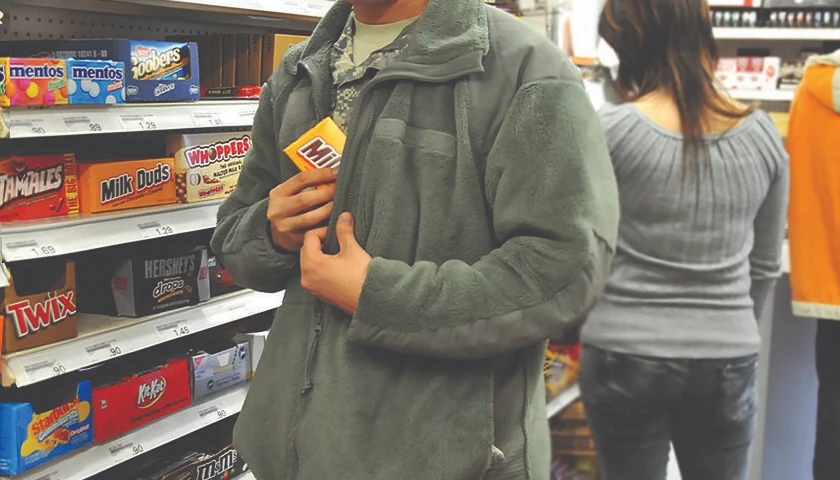by Jeff Minick
The coronavirus may be abating. The curve for new cases in New York City has flattened, officials are reporting fewer cases across the country, and the number of deaths from the virus has slackened.
So why have Americans gotten even crazier than they were?
On Saturday, the day before Easter, my local grocery store was jammed with people, many of them wearing masks and gloves. When I realized that over 50 customers were waiting in a check-out line stretching to the back of the store, I re-shelved the three items I intended to purchase, drove to a nearby Dollar General, and was in and out in less than five minutes. When I drove past Rural King, a big-box chain store that specializes in selling goods from firearms and construction gear, to baby chicks and canned goods, a line of 20 or more people stood waiting to get inside.
A number of people I know, including my daughter and a couple of friends, are depressed not so much by these restrictions as by the heavy-handed directives of our federal, state, and local governments: the canceled church services, the badgering and bullying, and perhaps most of all, the growing sense that those in charge are as clueless as the rest of us as to how to best balance civil liberties, the economy, and health care. The models on which they have based their dictates have proven horribly wrong, and some of the measures taken, the most bizarre of which was the arrest of a paddle boarderon the Pacific Ocean, have gone beyond the point of funny, to sad and ludicrous. Here in Front Royal, for example, the authorities have now closed even the Skyline Parkway, along which people either hike or sightsee in their cars. Can someone explain how coronavirus will spread in that open mountain air?
My friend John and I rarely give way to depression, running instead with fury, incredulity, and laughter. We swap accounts of our visits to the grocery store, rage against some of the policies of our state of Virginia, and get belly laughs out of some of the ridiculous things done.
But let’s pause in our hysteria, jump aboard a time machine, and go back to the year 1920.
The Great War had ended in 1918, leaving 117,000 American soldiers dead. Our country and the world were just emerging from the Spanish Flu, which, as Roger McGrath explains in the April/May edition of Chronicles, “took some 675,000 American lives in 1918 and 1919, the most deadly “epidemic in recorded world history.” The infant mortality rate for 1920 was 21 percent; the average life span was around 53 years.
Then what happened?
The United States entered into an unprecedented boom known today as the Roaring Twenties. The economy took off, and advancements in medicine in that decade reduced infant deaths and increased the life span by almost seven years. With the exception of the poverty-stricken in certain rural areas, America spent the1920s buying cars, refrigerators, and radios, opening new manufacturing plants, shipping goods around the world, and building new homes, all on the heels of the worst epidemic in history.
No one in that era spoke of war and the Spanish Flu as being “the new normal.” To do so is to give way to despair, then and now.
During the Spanish Flu pandemic, for which there was no medicinal cure, American children jumped rope to this little ditty:
“I had a little bird,
Its name was Enza,
I opened the window,
And in-flu-enza.”
Did that jump rope jingle signal madness or defiance? I’m voting for defiance.
When we come out of our bedlam and our epidemic, we’ll have choices to make.
Will we have a real “reckoning,” as Prime Minister Boris Johnson’s government stated, with the Chinese Communist Party, which is responsible for this worldwide disaster? What steps can we take to better control immigration and visitors to the United States? How will we handle the virus when it surges back in the fall?
Most fundamental of all, to what extent do we treasure our liberties? Liberties are precious rights inborn in our humanity. Do we wish to see the freedoms of our Constitution extended to our children and grandchildren?
In the last two months, certain of our governors have trampled on Lady Liberty, issuing decrees rather than recommendations, closing businesses as “non-essential,” and disallowing the freedom of assembly. Will these dictates become “the new norm?”
God bless America.






Unfortunately the majority of current day Americans have come to expect a life of leisure with the government providing unearned and undeserved handouts any time a slight bump in life occurs. That is clearly evidenced in the rise of safe spaces on college campuses and now government dollars being doled out with abandon. I am ashamed and embarrassed by this behavior.